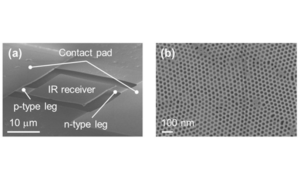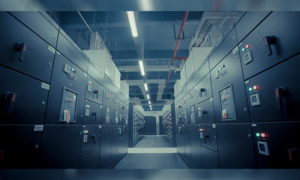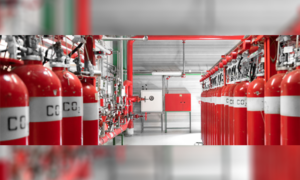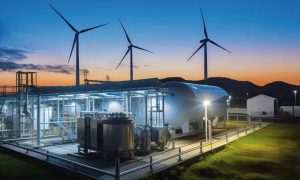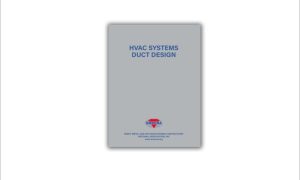The Grundfos solution will help optimise overall operation of the cooling tower and improve control of water, energy and chemical usage.
Located in a ‘dark corner’ of the premises, cooling towers put out signals that are typically not addressed, which can result in huge losses. When performing optimally, cooling towers could help reduce the overall water and energy footprint of the facility or building. The following is a case story of a Grundfos customer that has identified Grundfos iSOLUTIONS as the right choice for solving its challenges related to water treatment in cooling towers. The solution is currently in the planning phase.
Cooling tower issues affect water efficiency and safety
A European metal-mechanic company was experiencing troubles in its daily operations. The production supervisor determined that something was wrong with one of the cooling towers, which was in a building several hundred metres from the production line. Together with the facility manager, he analysed the situation, which was more complex than he imagined. First of all, in addition to the production supervisor and the facility manager, there were several stakeholders involved including the building’s outsourced maintenance company and the chemical supplier, and they were not fully aligned. This complicated matters as onsite manual supervision and operation were required, and still several issues occurred. Some of these issues the group discovered were as follows. Manual disinfection The hoses for the addition of biocide were either empty or full of air, causing faulty dosing. As a consequence, the bacteria count was double the recommendation of the chemical supplier, who visited the site ten times per year and was missing bacteria fluctuation peaks between visits
Risk of biological contamination and legionella
Lack of bacteria control represents a high risk of fouling and a threat to human health. The outsourced maintenance partner added chlorine tablets to minimise this risk without informing anyone. Unfortunately, this was not enough to correct the problem. Adjustments were done without keeping a logbook, so it was
High amount of water usage
As shown in the Figure 1, conductivity and water balance were unstable, affecting the performance of the system and increasing freshwater consumption. A make-up water valve was opened manually by accident, but not closed again. This led to one of the sump tanks constantly overflowing without monitoring, warnings or alarms for several days until the next routine check. At another point during this period, one of the main supervising PLC’s firmware was upgraded. After that, the makeup water was activated constantly by mistake for three consecutive days. Again, a waste of water. The company has a strong commitment to reducing its water footprint, so this was simply unacceptable.
Resource-demanding compliance reporting
According to the facility manager, the company also struggles with time consuming legal compliance reporting. The logging and tracking of data are done manually, which wastes a lot of time and creates a risk of inaccurate reporting.
Solution and result
The facility manager heard about a newly developed intelligent solution from Grundfos. It combines several components including intelligent digital dosing pumps, a measurement and control device and a cloud based remote monitoring system that connects the components. The system is not yet installed, but he expects to achieve smoother operations, better bacteria control, easier compliance reporting and water savings. The newly developed Grundfos chemical management app will consolidate all the operational parameters in one place. The solution improves user safety by ensuring that only the right chemicals are used. It measures all system relevant data online, and produces compliance reports on request. It can also show warnings, stops and chemical status in real time, improving uptime. It will also send an SMS to the operator when consumables refill is required. By measuring the conductivity, the Grundfos measuring and control system, DID, can react when the cooling water reaches a critical dissolved solids content. This allows an automatic reaction to blowdown and make-up valves, maintaining the water quality within optimal parameters and keeping water balance at optimal levels, without the need for manual operation. The device will also inform the chemical dosing pump on the right amount of biocide needed, avoiding over- or under-dosing, to keep the bacteria growth under control. At the same time, the Grundfos SMART Digital dosing pump, DDA FCM, and its integrated intelligent algorithm will prevent the inlet hose from filling with air or containing bubbles and will trigger an alarm in the system if it happens.
Transparent system information and stakeholder alignment
With the Grundfos solution, all the information will be available for all stakeholders in the chain at any time. This will help align the facility manager, the maintenance technician, the operator and the chemical supplier and put them ahead of any trouble that may occur in the system. It will also help optimise overall operation of the cooling tower and improve control of water, energy and chemical usage.
For more info, visit: https://www.grundfos.com/in
Cookie Consent
We use cookies to personalize your experience. By continuing to visit this website you agree to our Terms & Conditions, Privacy Policy and Cookie Policy.


